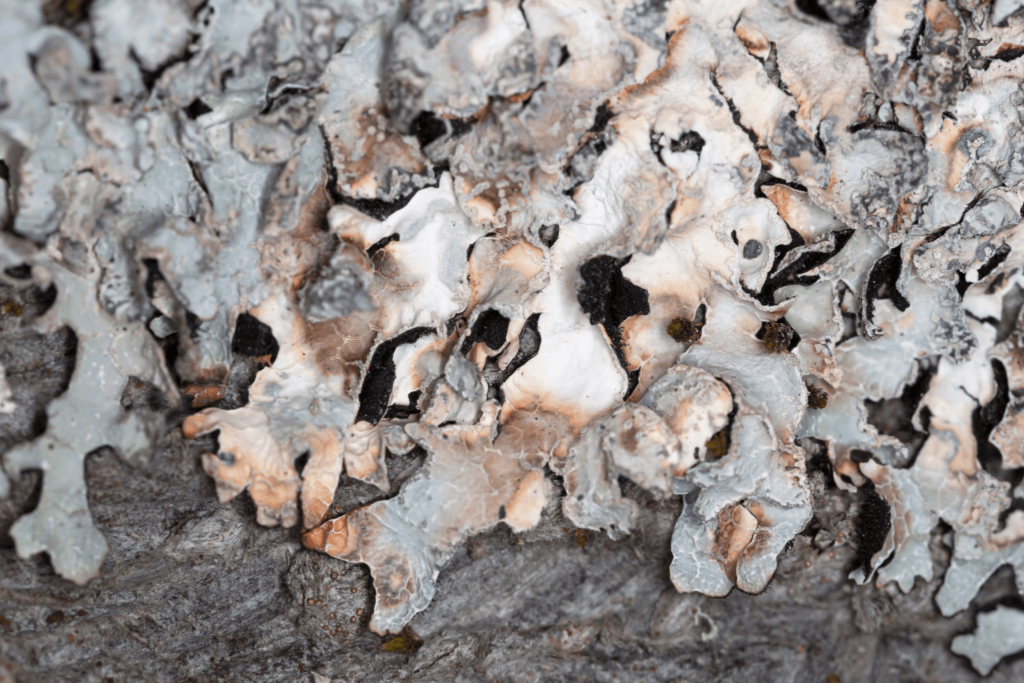
What are lichens?
Lichens are complex life forms that grow in many different colours, shapes and sizes & one of the oldest organisms known to man. While they appear plant-like, they are not plants, they are the product of a symbiotic relationship between a community of organisms, such as algae or cyanobacteria (usually blue or green algae that are rich in pigments), bacteria & fungi. Producing nutrients through photosynthesis, they are a a self-contained ecosystem. There are roughly 20,000 known species of lichen estimated to cover 6%+ of the earth’s surface.

What they look like & where to find them
Lichen comes in many different forms such as leafless branches, flat leaf-like growths, crusts or a powder-like appearance. While some lichens may look & grow alongside moss, they are nothing like moss in their composition. Found throughout the world in a variety of environments such as tree bark, exposed rock or soil crust, old stone walls, rocks, on damp wood & trees.
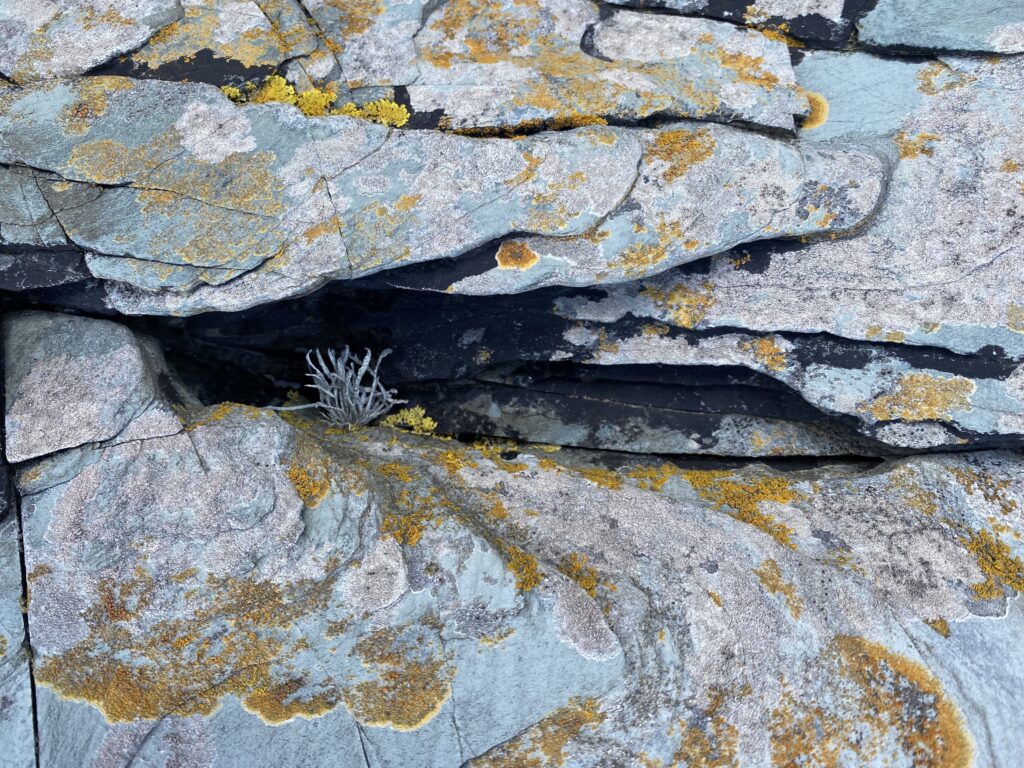
Natural dyeing with lichen
I had always stayed away from experimenting with these little organisms as they garnered my respect early on. As a dye source, lichen has a particularly rich history of use throughout many northern cultures especially Ireland, Scotland, Sweeden & Iceland. Although it was a brilliant source of dye, there was some snobbery around the use of certain dyes and their place in society, lichen included. Lichen was a common dye for peasant and thus known as a peasant dye.
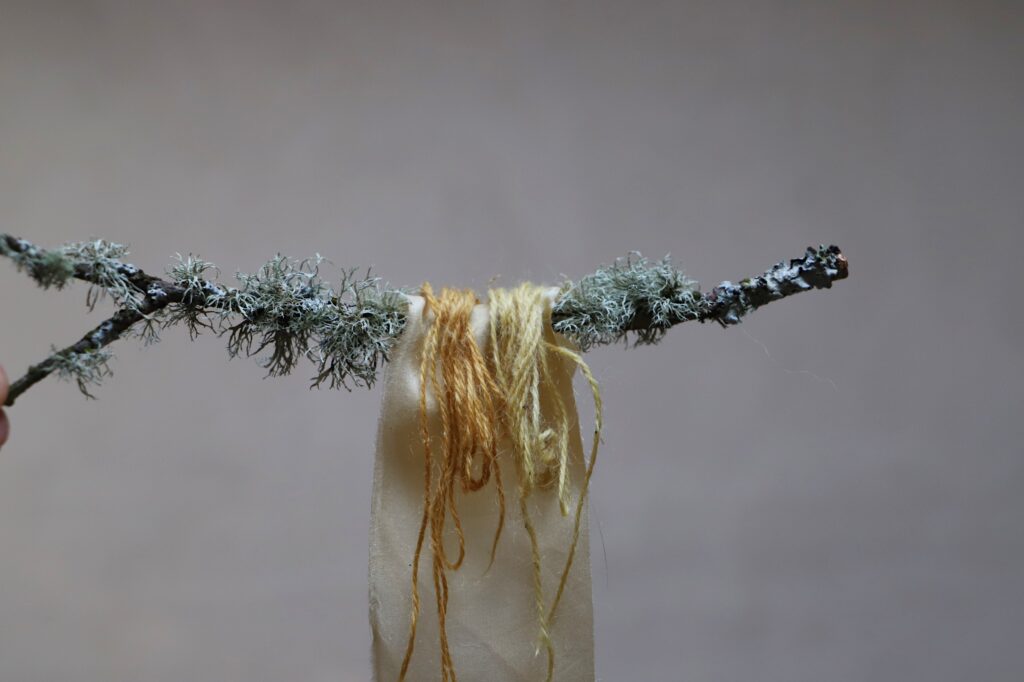
From my initial experiments of natural dyeing with lichen, I achieved some beautiful shades of yellow on silk and alpaca fibres. The more I learn about lichens, the more fascinated I become, I will be experimenting with other varieties of this incredible organism in the future. If you have ever naturally dyed with lichen, I’d love to hear about your experience, as I have heard mixed reports from fellow dyers. x Kathryn
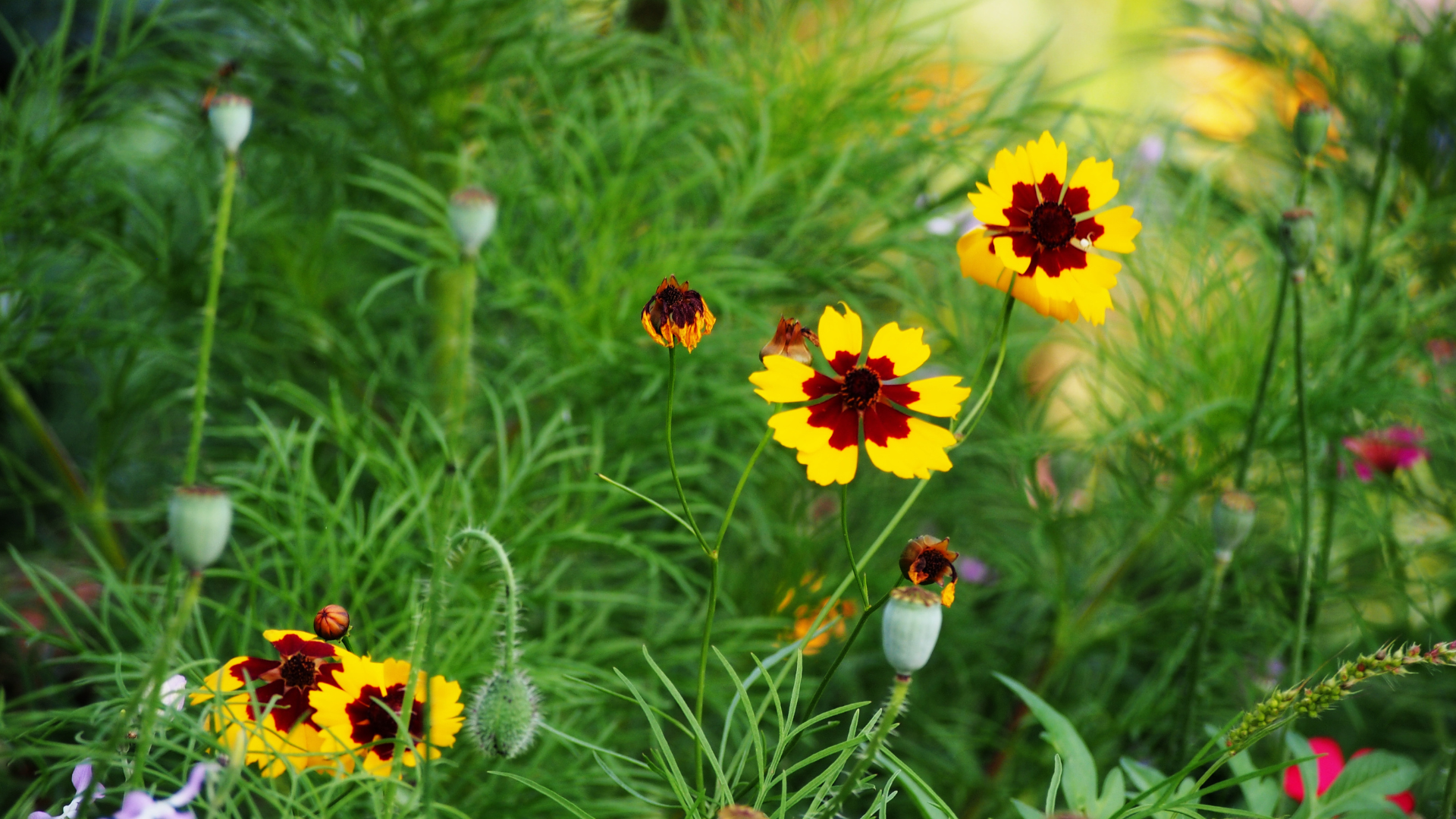
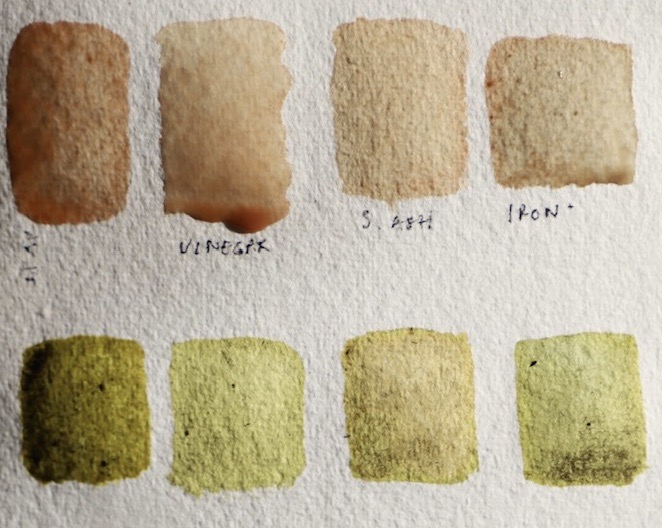
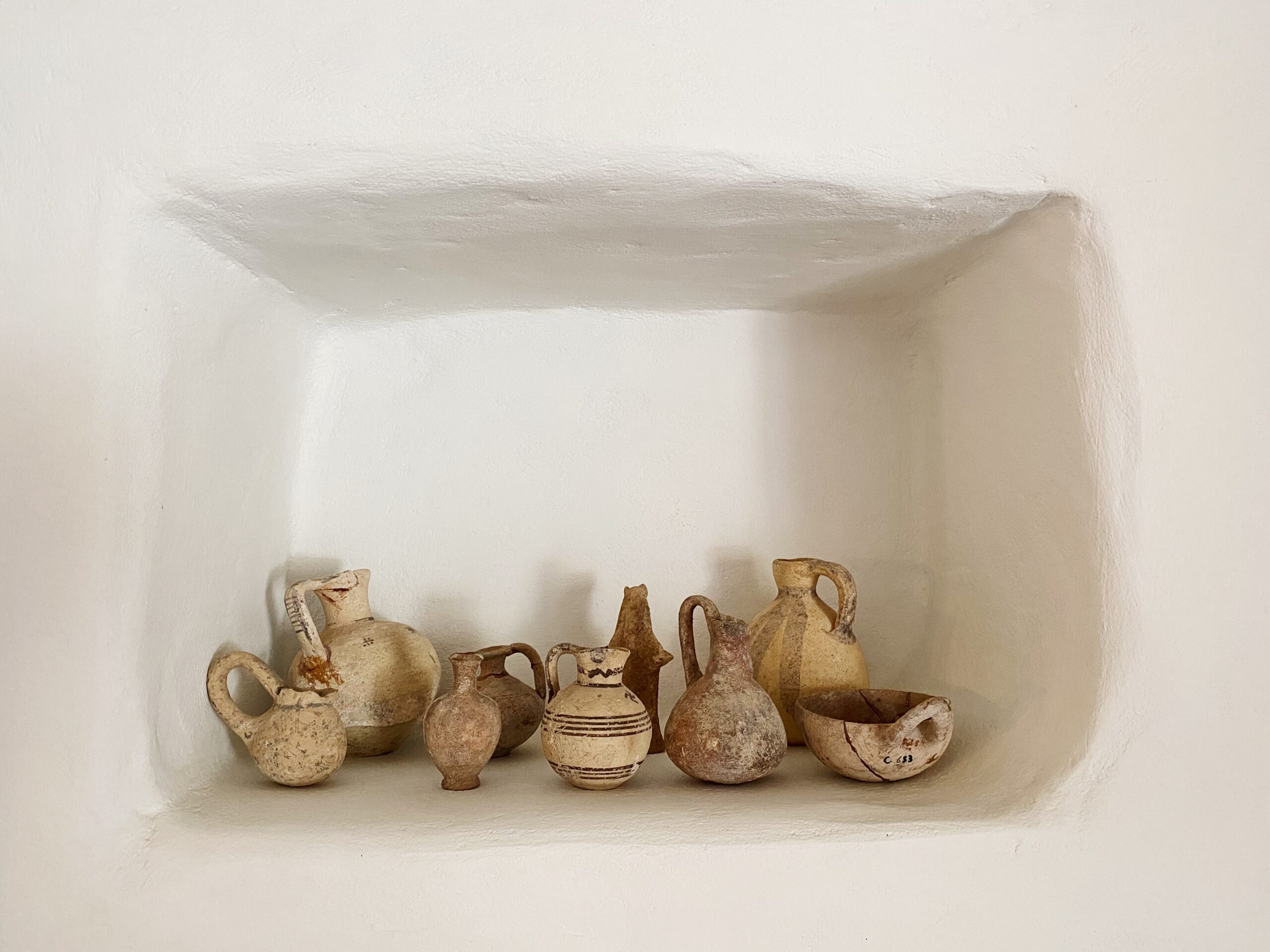
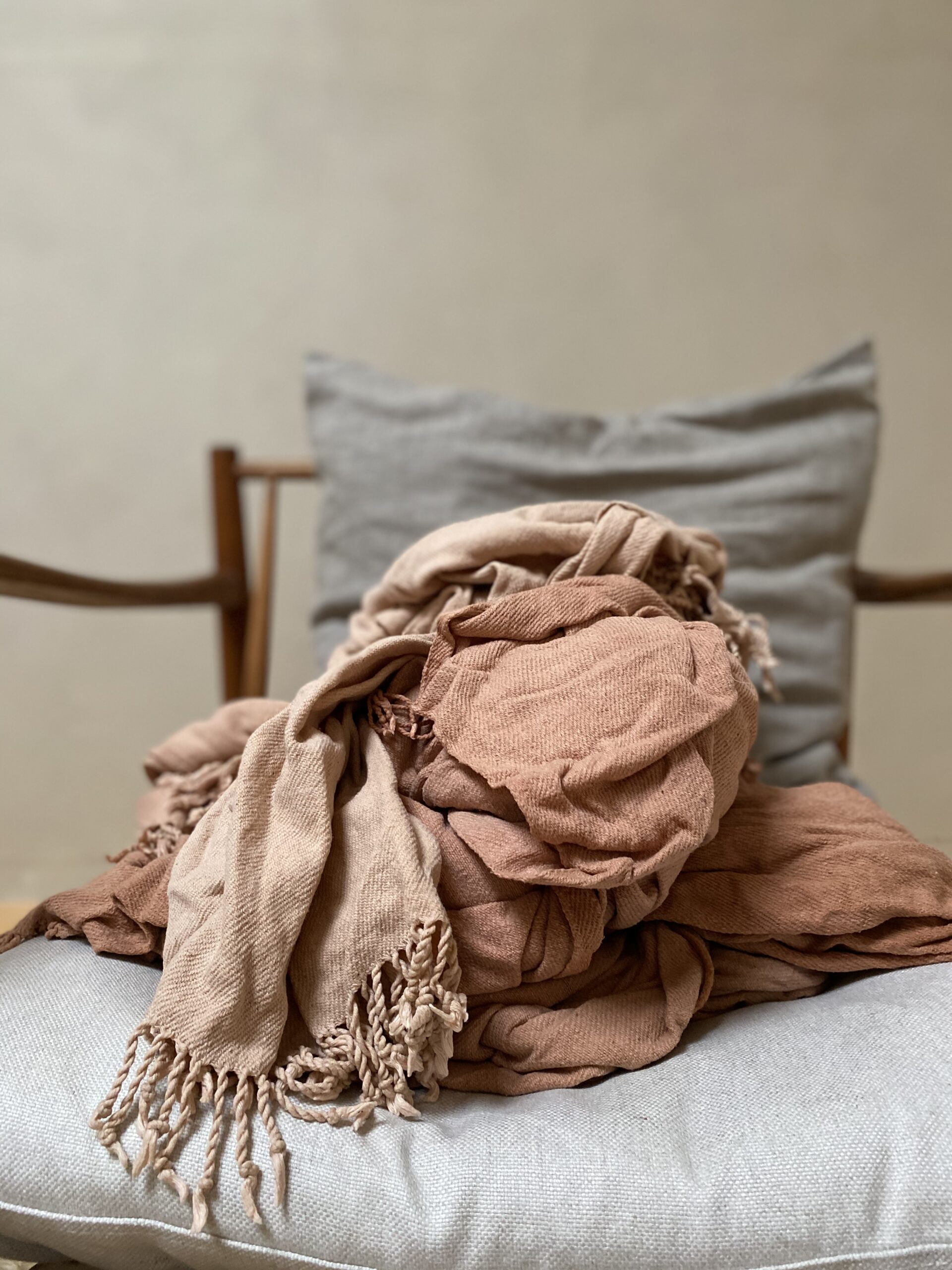


+ show Comments
- Hide Comments
add a comment